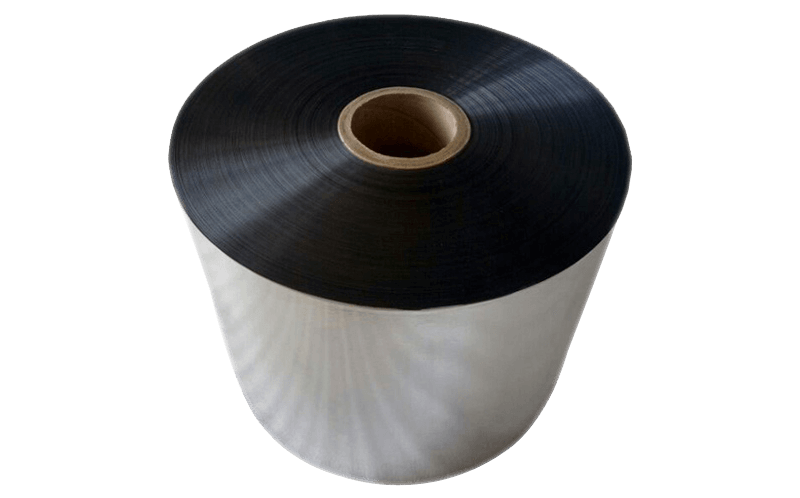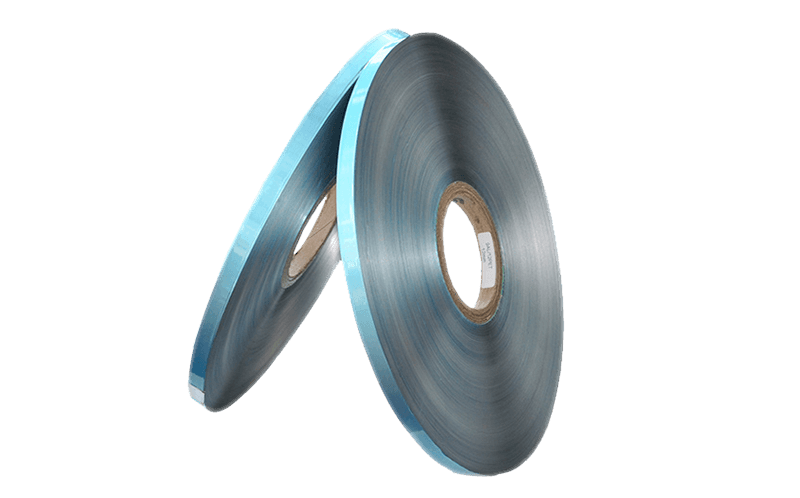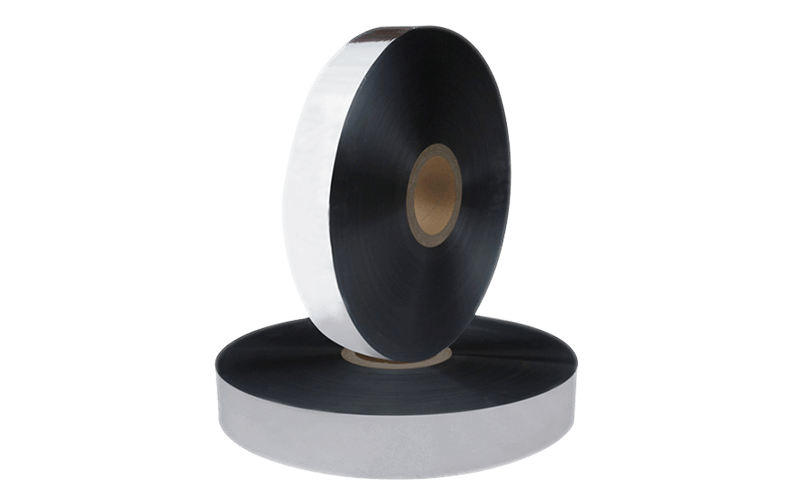1. Understanding Flexible Duct Materials: Flexible duct […]
1. Understanding Flexible Duct Materials:
Flexible ducts are designed to bend and maneuver through tight spaces, enabling efficient air distribution. These ducts are typically composed of different materials, each offering unique properties that impact their performance and longevity. Commonly used materials include:
a. Polyester: Polyester-based flexible ducts are lightweight, cost-effective, and resistant to moisture, mold, and pests. They are easy to install and suitable for a wide range of HVAC applications.
b. Aluminum: Aluminum flexible ducts are known for their excellent fire resistance and durability. They have a smooth inner lining that minimizes airflow resistance, enhancing energy efficiency. These ducts are often used in commercial and industrial settings.
c. PVC: Polyvinyl chloride (PVC) flexible ducts are highly flexible and resistant to chemicals and abrasion. They are suitable for exhaust applications and environments with corrosive elements.
d. Fiberglass: Fiberglass flexible ducts offer excellent thermal insulation properties, making them ideal for minimizing heat transfer and reducing energy loss. They are commonly used in HVAC systems where temperature control is crucial.
2. Advantages of Flexible Duct Materials:
Flexible duct materials provide numerous advantages over their rigid counterparts, making them a popular choice in HVAC installations. Some key benefits include:
a. Versatility: Flexible ducts can be easily maneuvered and routed through tight spaces, allowing for greater design flexibility during installation. This versatility is particularly beneficial in retrofitting or remodeling projects.
b. Noise Reduction: The flexible nature of these ducts helps reduce noise transmission by minimizing vibration and air turbulence within the system, resulting in quieter indoor environments.
c. Energy Efficiency: Properly insulated flexible ducts minimize thermal losses and air leakage, improving overall energy efficiency and reducing utility costs.
d. Maintenance and Cleaning: Flexible ducts can be easily cleaned and maintained, contributing to better indoor air quality and system longevity. Some materials have antimicrobial properties that inhibit the growth of mold and bacteria.
e. Cost-Effective: Compared to rigid duct systems, flexible duct materials are generally more cost-effective, requiring less labor and materials during installation.




